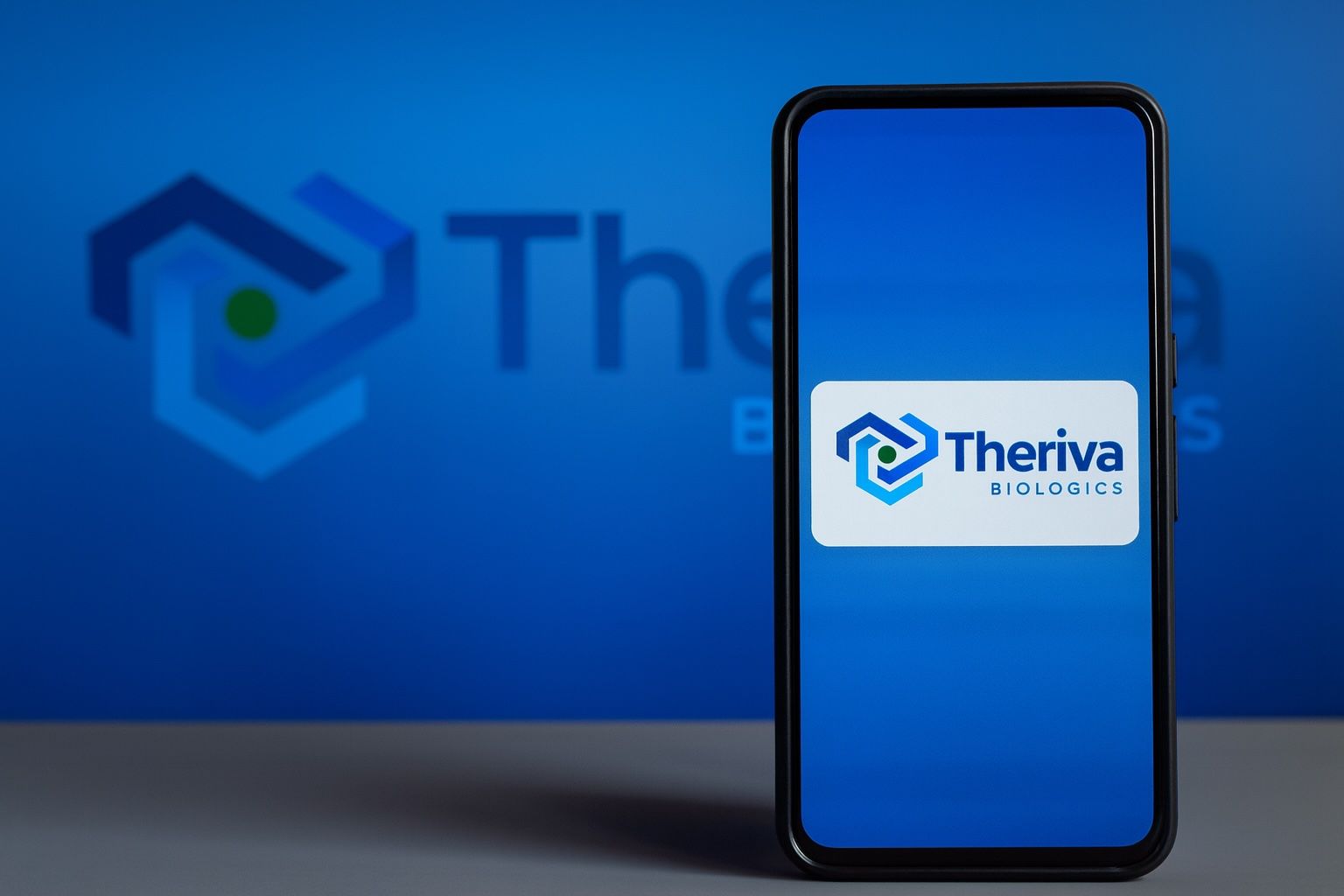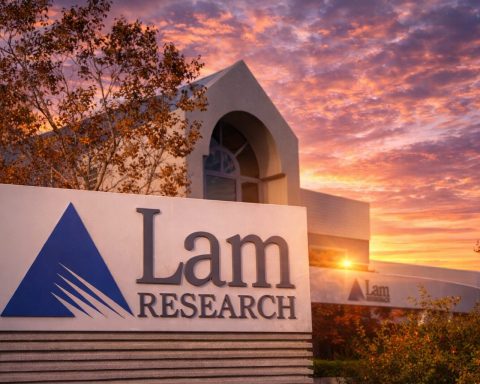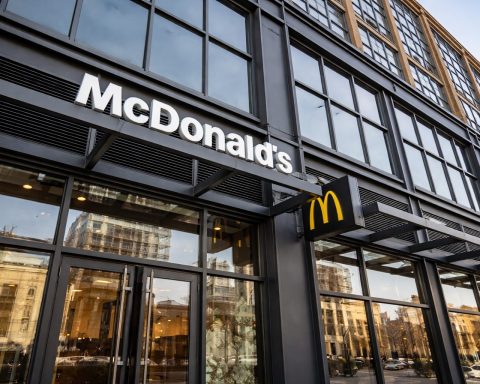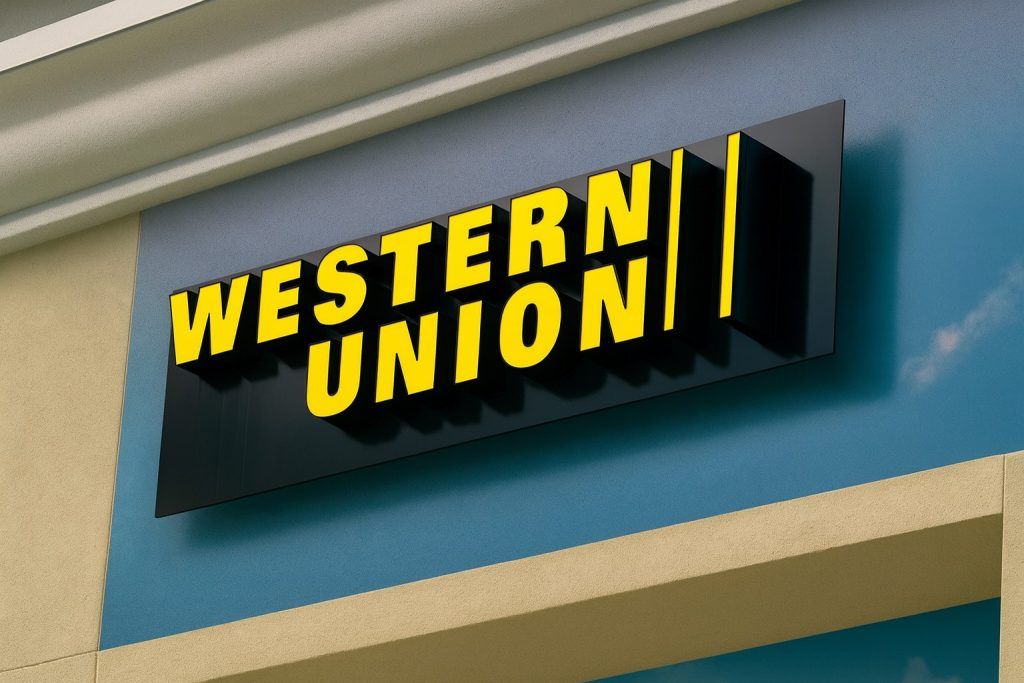- Recent Price Action: TOVX trades around $0.29 (Oct. 23 close) [1]. Shares soared ~92% intraday on Oct 15 after positive trial news [2], then pulled back amid a $4M equity raise.
- Clinical Trial Results: Theriva’s lead therapy VCN-01 met primary efficacy/safety endpoints in its Phase 2b pancreatic cancer trial [3] [4]. Patients on VCN-01+chemo showed markedly better survival (e.g. median ~11–14 months vs. 8–11 on chemo alone) [5]. In a two-dose subgroup, median survival was ~14.8 vs. 11.6 months [6]. CEO Steven Shallcross said these data are “compelling evidence” VCN-01 may extend patient lives [7].
- Pipeline Highlights: VCN-01 is also being studied in pediatric retinoblastoma; ASCO 2025 data showed it was well-tolerated with encouraging activity [8]. Dr. Guillermo Chantada, a leading retinoblastoma expert, called VCN-01 “a promising new player… we found it specifically targets the tumor cells” [9]. The drug holds FDA Orphan/Fast Track status for pancreatic cancer and Orphan/Rare-Pediatric designations for retinoblastoma [10]. Next‑gen oncolytic candidates (e.g. VCN-12) and a gut-protective drug (SYN-004) are in development.
- Upcoming Catalysts: Expanded Phase 2b results will be presented at the ESMO Congress on Oct. 20 [11]. On the same day, Theriva will present blinded safety results for SYN-004 (ribaxamase) at IDWeek 2025 [12]. These events may drive the stock’s next moves.
- Financial Runway: Theriva reported $12.1M cash on hand (June 30, 2025) [13], funding its operations into early 2026. It recently raised $4.0M via a warrant inducement (exercises at $0.54) [14]. A $7.5M stock offering in May 2025 also bolstered the balance sheet [15].
- Analyst Outlook: Coverage is extremely limited (about 2 analysts: 1 Buy, 1 Hold [16]). The consensus rating is “Hold,” but price targets are high (MarketBeat cites $6.00 [17]) implying >600% upside if all trials succeed. In practice, these targets assume best-case outcomes (e.g. a successful Phase 3 or partnership).
- Biotech Market Context: The biotech sector has rallied in 2025. For example, the iShares Biotech ETF (IBB) is up roughly 30% over the past six months [18]. Investors have been attracted by low valuations and hopes for Fed rate cuts [19] [20], as well as a steady flow of FDA approvals in oncology [21]. This favorable background has lifted even small, high-risk biotechs – but experts stress that Theriva’s stock will hinge on its own data releases and development plans.
Theriva’s Stock Swing: In mid-October, Theriva’s Nasdaq-traded shares spiked on news of clinical success. On Oct. 15 the stock jumped from roughly $0.44 to $0.84 intraday [22], an increase of about 92%. This surge coincided with reports that VCN-01 had met the primary endpoints in the VIRAGE Phase 2b trial (see below). The very next trading day, Theriva disclosed a $4.0 million warrant inducement financing. Investors exercising warrants at $0.54 per share provided immediate cash [23], but the announcement also trimmed the earlier stock rally – TOVX settled in the mid-$0.40 range by Oct. 16 [24] [25]. In the days since, the stock has traded roughly between $0.28 and $0.35 [26]. As of Oct. 23 it closed around $0.2877 [27], well below its 52-week high (~$2.64 [28]). This volatility reflects a classic biotech pattern: big moves on data and news, with technical trends still unsettled. (Some analysts note that current support is near ~$0.28 and resistance near ~$0.45 [29]; breaks of those levels could trigger bigger moves.)
Breakthrough Pancreatic Cancer Data: Theriva’s recent headlines stem from its oncolytic virus program. VCN-01 (zabilugene almadenorepvec) is an engineered adenovirus meant to infect and kill cancer cells while breaking down the tumor’s protective stroma [30]. In May 2025, Theriva announced topline results from the VIRAGE trial (96 patients) showing that VCN-01 plus standard-of-care chemotherapy produced longer survival than chemo alone [31]. Specifically, patients on VCN-01 had a median overall survival of 10.8 months versus 8.6 months for chemo-only (hazard ratio ~0.57) [32]. The effect was even more striking in patients who received two doses of VCN-01: their median survival was ~14.8 months, versus 11.6 months on chemo alone (p≈0.046) [33]. Progression-free survival and duration-of-response also improved in the VCN-01 arm [34]. Importantly, VCN-01 was reported to be well tolerated, with only transient flu-like side effects [35] [36]. In the official release, CEO Steven Shallcross said the “significantly reduced hazard ratios” for survival were “compelling evidence” that VCN-01 “in combination with gemcitabine/nab-paclitaxel may extend the lives of metastatic PDAC patients.” [37] The company is now engaging with regulators and partners to design a confirmatory Phase 3 trial.
Broader Pipeline and Updates: Theriva’s story doesn’t stop with pancreatic cancer. The same virus, VCN-01, is being tested in other settings. In a small Phase 1 study of retinoblastoma (a rare eye cancer in children), investigators reported at ASCO 2025 that intravitreal VCN-01 was well-tolerated and showed encouraging anti-tumor effects [38]. Retinoblastoma specialist Dr. Guillermo Chantada commented that “VCN-01 is a promising new player… we found it specifically targets the tumor cells,” suggesting it may avoid the collateral damage of chemo/radiation [39]. The FDA has granted VCN-01 Orphan Drug and Rare Pediatric Disease designations for retinoblastoma (in addition to its Orphan/Fast Track status in pancreatic cancer) [40]. Theriva is also advancing next-generation oncolytic candidates (e.g. VCN-12, designed for even stronger tumor cell lysis) – preclinical data are being presented at an upcoming gene therapy conference.
Beyond cancer, Theriva’s portfolio includes microbiome-protecting drugs. SYN-004 (ribaxamase) is an oral enzyme intended to protect patients’ gut flora when they receive IV antibiotics. Theriva is wrapping up a Phase 1b/2a trial of SYN-004 in bone marrow transplant patients (to prevent graft-vs-host disease). Interim safety and pharmacokinetic results for SYN-004 will be presented at the Infectious Diseases Week meeting on Oct. 20 [41]. (Separately, Theriva has a program SYN-020 for intestinal health.) The upcoming Oct. 20 presentations – VCN-01 cancer data at ESMO [42] and SYN-004 data at IDWeek [43] – are viewed as important catalysts for the stock.
Financial Position: Theriva’s Q2 2025 report (filed Aug. 2025) showed the company ended June 30 with about $12.1 million in cash [44], a balance expected to fund R&D into early 2026. Year-over-year R&D spending actually fell (to ~$2.0M) as the VIRAGE trial wound down, while G&A expenses rose (largely due to a contingent milestone accrual) [45]. To bolster its runway, Theriva has raised capital. In May 2025 it completed a $7.5M stock/warrant offering. Then on Oct. 16 it finalized a warrant inducement deal: holders of its existing warrants were offered an opportunity to exercise (at $0.54) in exchange for new warrants, generating $4.0M in new cash [46]. These measures have shored up the balance sheet ahead of Phase 3 and further clinical studies. Theriva has indicated the new funds will support operations and manufacturing scale-up.
Analysts and Sentiment: Professional coverage of TOVX is scant. We found only two Wall Street analysts publishing ratings (as of Oct. 2025) – one Buy, one Hold – leaving a consensus Hold recommendation [47]. The lone price targets on record are very aggressive: for example, MarketBeat cites an average $6.00 target [48], about 685% above the current price. In other words, analysts who did model this stock are assuming blockbuster success (e.g. FDA approval or a lucrative partnership). In reality, Theriva is a high-risk, high-reward biotech: small clinical-stage firms often trade on news and are subject to deep sell-offs if data disappoint. As one market observer notes, “the Street is hungry for next-gen cancer drugs, but it will take time and more data before Theriva proves value.” (We did not find any major bank reports or independent “expert” quotes on TOVX beyond these stats, reflecting its low profile.)
Biotech Market Context: The October surge in Theriva’s stock occurred in a generally positive climate for biotech stocks. The iShares Biotechnology ETF (IBB) has climbed roughly 30% in the six months through mid-Oct 2025 [49], as investors bet on healthcare innovation. Analysts point out that biotech valuations remain relatively cheap (the sector’s forward P/E is lower than the broader market) [50], and the Federal Reserve’s recent rate cuts have made financing easier for small drug developers [51]. Meanwhile, the FDA approved several notable biotech drugs in 2025 (including new cancer therapies), which has buoyed sentiment [52]. In short, capital has been flowing into growth-oriented biotech names – but Theriva’s tiny float and speculative nature mean its stock swings far more than large cap drugmakers. Industry veterans remind us that broad sector strength can lift many boats, but company-specific trial outcomes are still the main driver of any individual biotech’s stock.
What’s Next: Looking ahead, Theriva faces a pivotal period. Investors will scrutinize the Oct. 20 conference presentations for granularity (e.g. subgroup data, safety signals) that go beyond last month’s toplines. Management has indicated it is preparing a Phase 3 protocol and engaging partners. In the near term, watch the stock’s technical levels: analysts suggest that holding the ~$0.28 support is crucial, while clearing about $0.45 could attract momentum traders (especially if new data are strong). For now, the market’s verdict is mixed: many see upside if Theriva’s late-stage plans pan out, but caution that the company has substantial work (and many clinical readouts) ahead. As one biotech strategist summarizes, “Theriva is on the map now after these results, but it’s still a small player. Expect big moves around each data point and partner news – but also be ready for volatility.”
Sources: U.S. financial filings and press releases (Theriva Biologics) [53] [54]; industry analysis (TechStock²/ts2.tech) [55] [56]; stock market data (Nasdaq, Investing.com) [57]; market research (MarketBeat, Nasdaq) [58] [59]. All information is current as of Oct. 24, 2025.
References
1. www.investing.com, 2. ts2.tech, 3. therivabio.com, 4. www.stocktitan.net, 5. ts2.tech, 6. therivabio.com, 7. therivabio.com, 8. www.stocktitan.net, 9. ts2.tech, 10. ts2.tech, 11. therivabio.com, 12. therivabio.com, 13. ts2.tech, 14. ts2.tech, 15. ts2.tech, 16. ts2.tech, 17. www.marketbeat.com, 18. www.nasdaq.com, 19. www.nasdaq.com, 20. www.nasdaq.com, 21. www.nasdaq.com, 22. ts2.tech, 23. ts2.tech, 24. ts2.tech, 25. ts2.tech, 26. www.investing.com, 27. www.investing.com, 28. ts2.tech, 29. www.investing.com, 30. therivabio.com, 31. therivabio.com, 32. therivabio.com, 33. therivabio.com, 34. therivabio.com, 35. therivabio.com, 36. therivabio.com, 37. therivabio.com, 38. www.stocktitan.net, 39. ts2.tech, 40. ts2.tech, 41. therivabio.com, 42. therivabio.com, 43. therivabio.com, 44. ts2.tech, 45. www.stocktitan.net, 46. ts2.tech, 47. ts2.tech, 48. www.marketbeat.com, 49. www.nasdaq.com, 50. www.nasdaq.com, 51. www.nasdaq.com, 52. www.nasdaq.com, 53. therivabio.com, 54. therivabio.com, 55. ts2.tech, 56. ts2.tech, 57. www.investing.com, 58. www.marketbeat.com, 59. www.nasdaq.com







